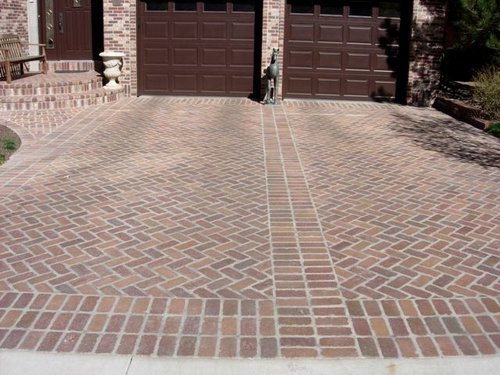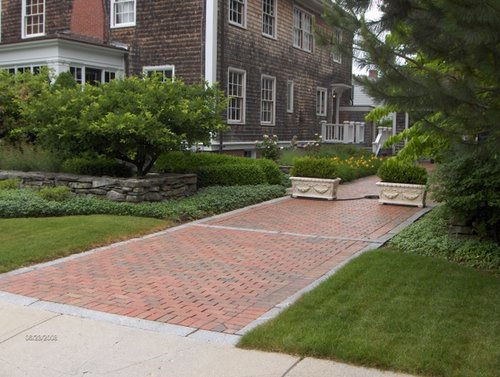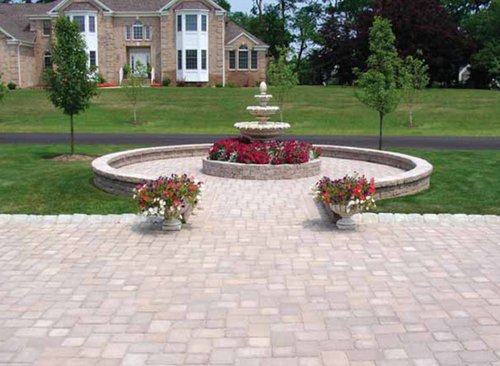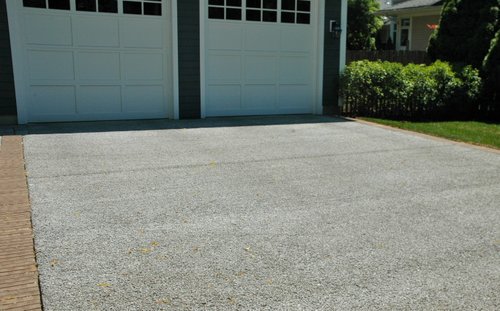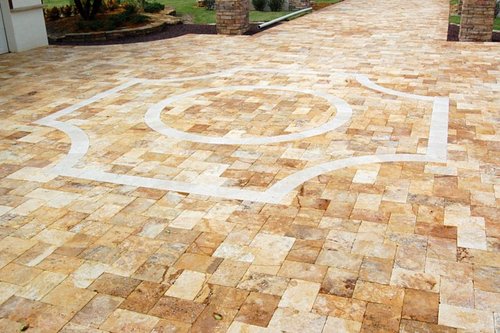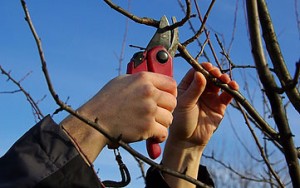 It’s cold but it’s time to have your trees and shrubs pruned. Winter is the best time of year to prune deciduous plants which are most of the shrubs and trees in the Northern Kentucky / Cincinnati area. Trees and Shrubs that are pruned in the winter will literally spring into spring with more vigor that if you didn’t prune them. Also find a good day to prune when the sun is out and it’s warmer than usual.
It’s cold but it’s time to have your trees and shrubs pruned. Winter is the best time of year to prune deciduous plants which are most of the shrubs and trees in the Northern Kentucky / Cincinnati area. Trees and Shrubs that are pruned in the winter will literally spring into spring with more vigor that if you didn’t prune them. Also find a good day to prune when the sun is out and it’s warmer than usual.
Why Prune in the Winter?
It helps to control the size of the tree and encourages healthy flowering and fruiting. You’ll have to pick up dead limbs anyway in the spring so just get over with. Also, if there is disease in the bad limbs, you are helping to keep the disease away from the base of the plant. Without all the leaves in the way, you can see what you’re doing. The structure of your tree or shrub’s branches is obvious, and easy to follow as you cut. There’s also less chance in winter of transmitting diseases from one plant to another. VERY IMPORTANT: Don’t touch the evergreens because they should be pruned during the growing season.
Tip: Wear Eye Protection
Be careful of all the branches that can poke you in the eye by wearing eye protection.
Tip: Don’t Prune Trees or Shrubs with Flower Buds
Most deciduous trees and shrubs need a good winter pruning but not the ones with tight little flower buds ready to open this spring. If you cut those off, they won’t bloom for another year. Some that have buds and you don’t want to cut are hazel, forsythia, azaleas, lilacs and viburnum. Prune those this spring.
Tip: Keep the Natural Lines of the Tree or Shrub While Pruning
If you stray to far inside the natural lines of your tree you will just cause a hap hazard shoots to pop up in an unordered way. This called topping adn will basically make your tree or shrub unmanagement over time.
Tip: Remove All Things Unneeded or Harmful
Get rid of all dead or diseased wood, unbranched stems at the base, and water sprouts that grow at right angles to the branches. Look for insect egg s and remove them.
Tip: Keep Space Between Branches
If a branch crosses or rubs other branches, then it must go. Start with the largest branches and move to the smallest.
Tip: Thin Your Tree or Shrub
Air circulation helps keep plants diseases-free so starting at the center and move to the outside to thin branches than are too dense.
Tip: Don’t Go Overboard and Prune Too Much
Don’t remove more than 1/4 of your tree or shrub in one season. You will cause the unbranched stems that you had to get rid of earlier. Step back time to time to make sure you’re not removing too much.
Tip: Always Prune Back To A Bud Or Branch
Make sure to prune just above a bud so that a new branch will grow from that bud. Look for bud that face outward so it will naturally grow toward the outside of the tree or shrub. Don’t leave stubs. It will be ugly and it can cause disease.
Tip: Disinfect Your Tools To Prevent Disease
Mix rubbing alcohol and water (2 tablespoons alcohol to 1 cup of water) and add it to the parts of your tools that will come into contact with the tree or shrub. Make sure to wipe of your tools with a clean cloth before starting.
Have fun if it’s your cup of tea but we know that pruning can be tricky and a hassle! You can always leave it to the Pros at Outer Image Outdoor Services to help you with your winter pruning.
Contact us (859-689-0076) for a free consultation!





